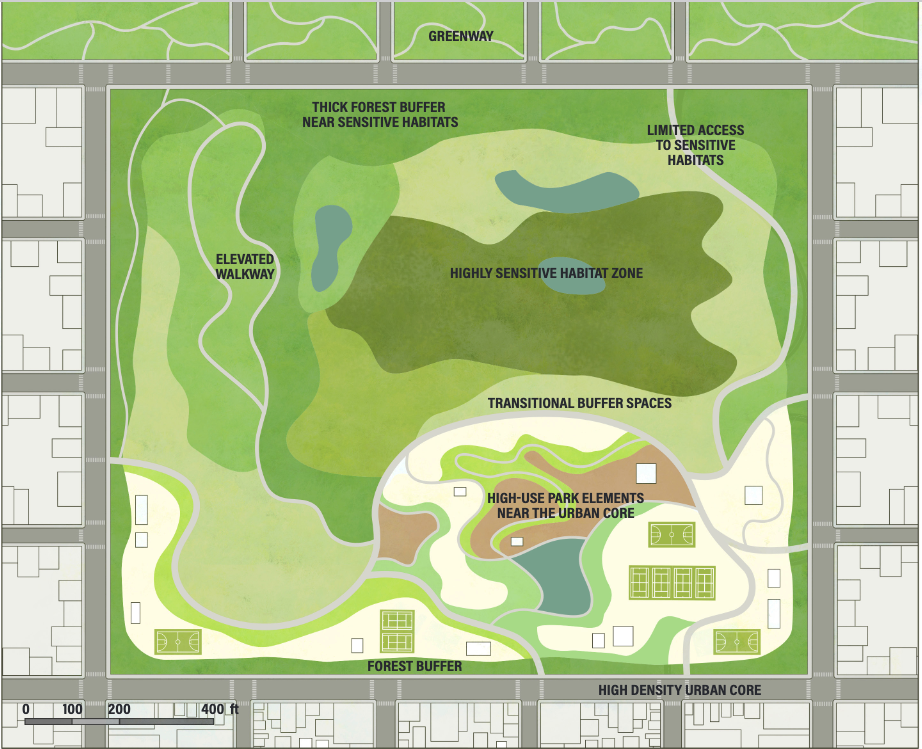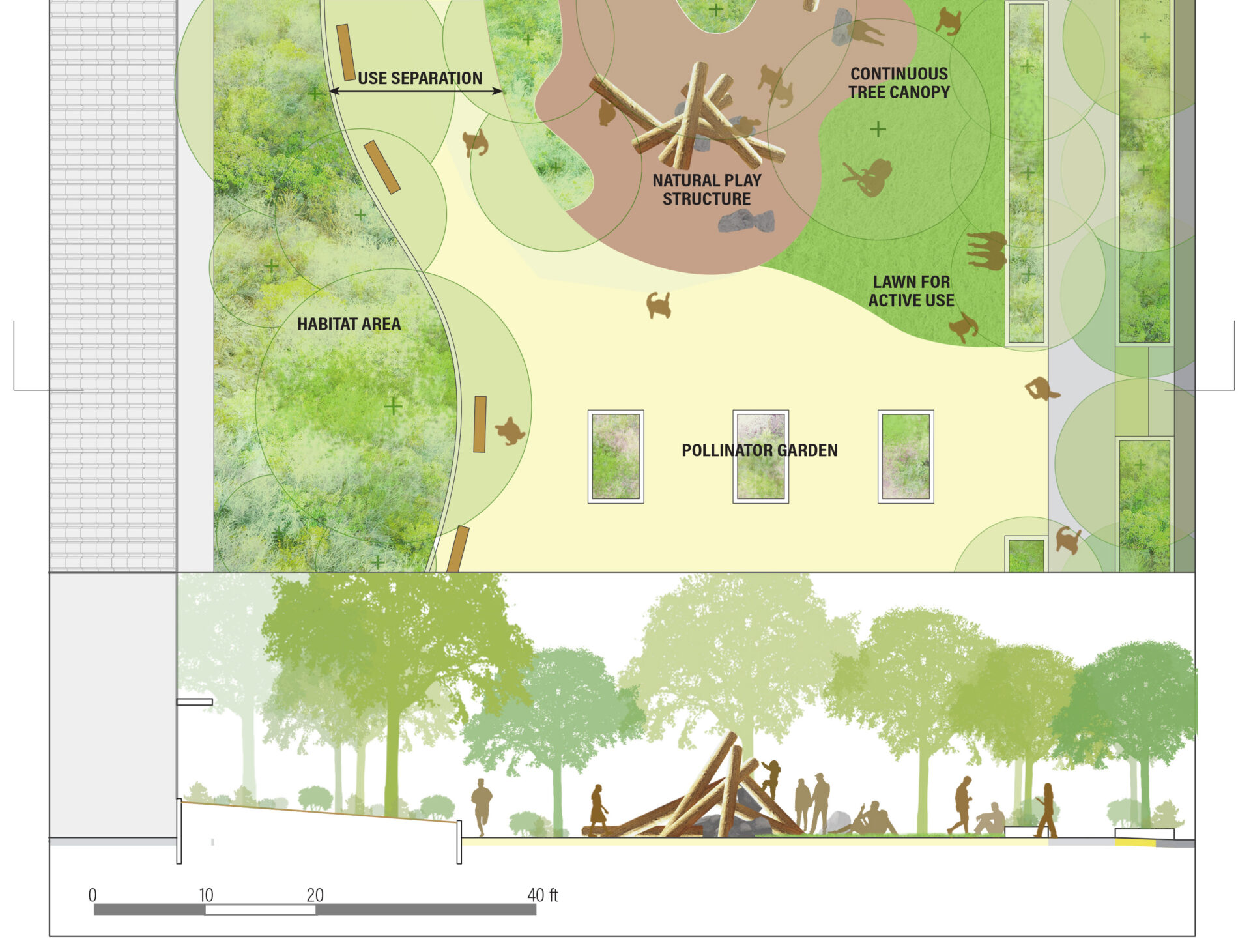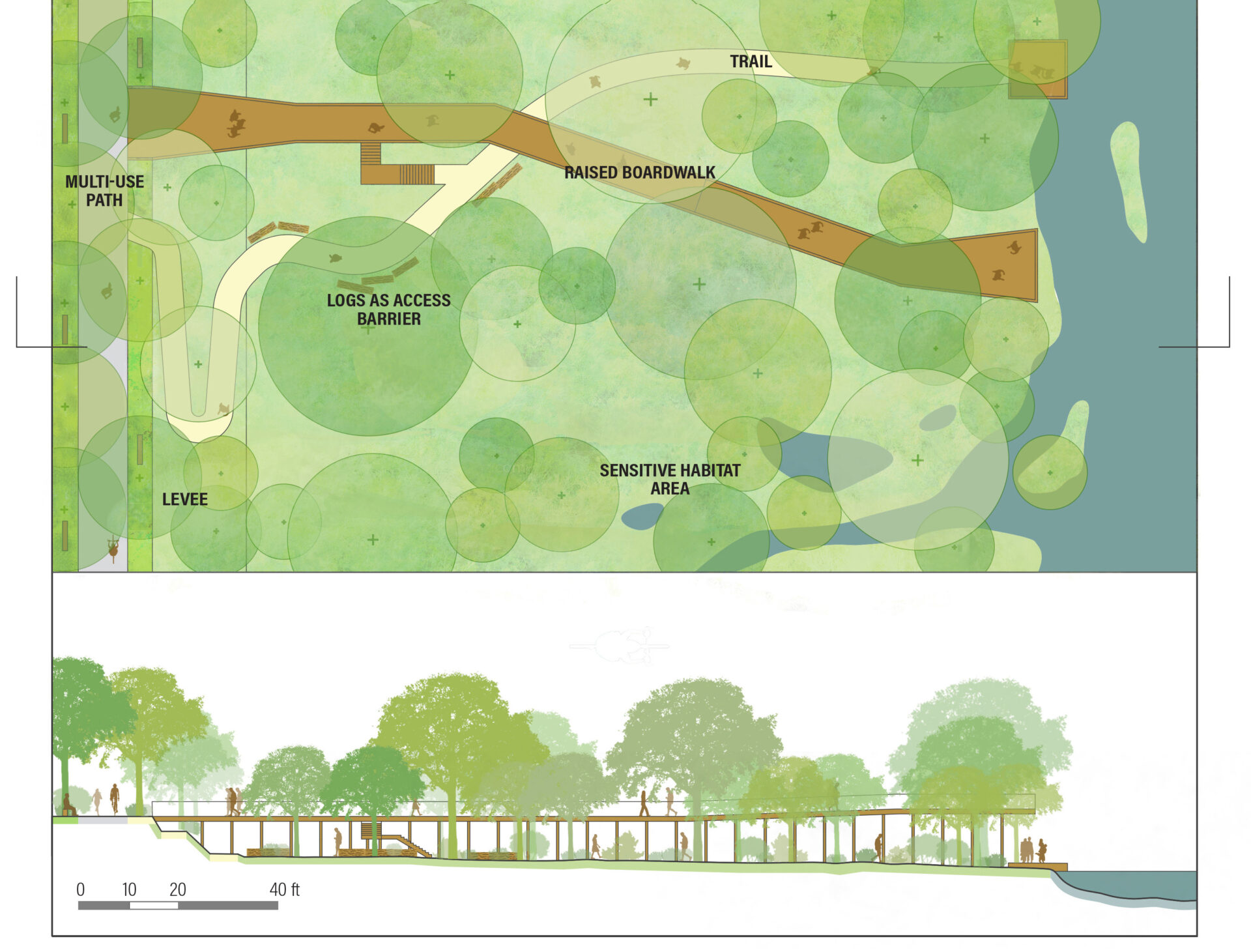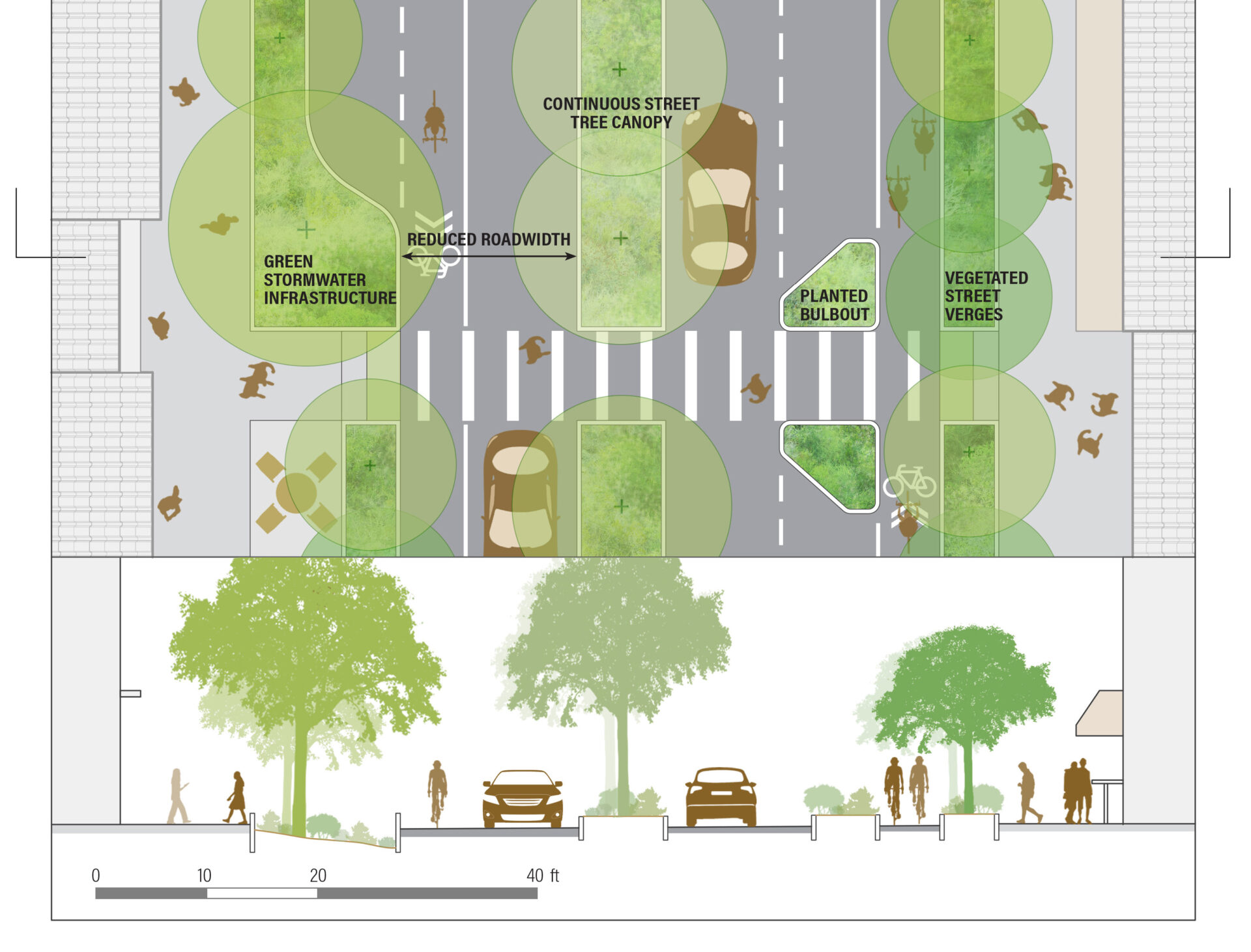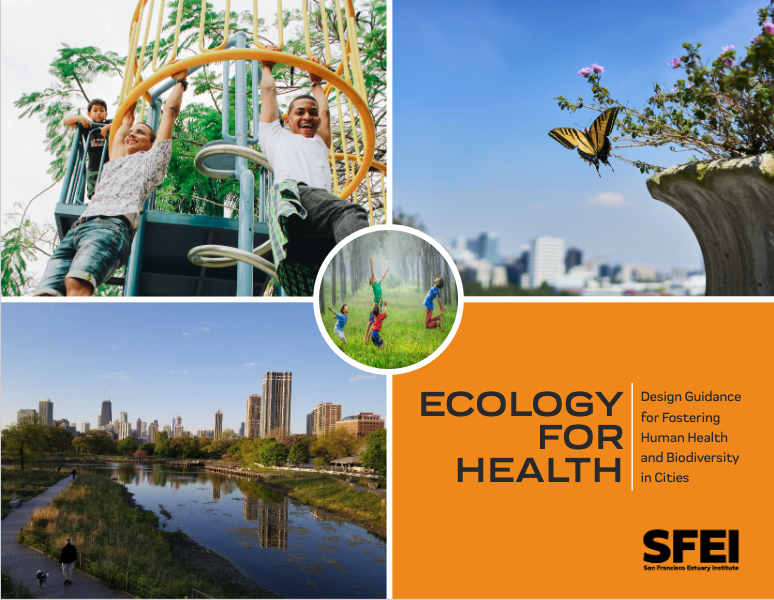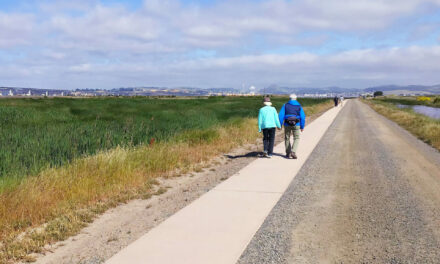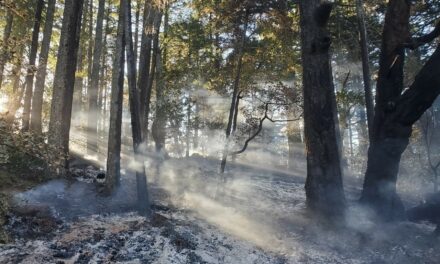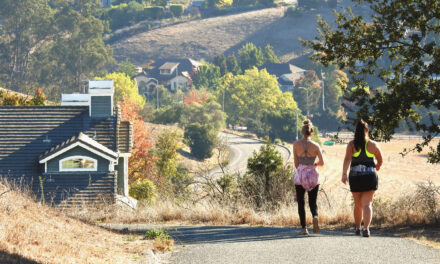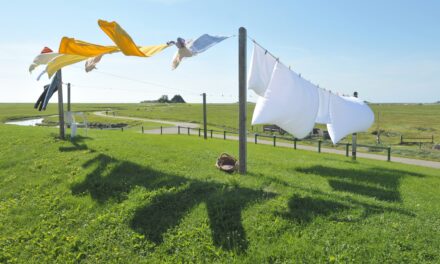Optimizing the Health Benefits of Urban Greens
The same features in urban parks that support biodiversity can also benefit human health. Even biodiversity itself may help us — and the San Francisco Estuary Institute (SFEI) wants to see more of it. To that end, the nonprofit released an innovative report in September called Ecology for Health. It’s a practical guide for planners and designers to aid both biodiversity and human health in urban settings.
Research into the link between nature and human health goes back decades. But scientists continue to learn more about which aspects of parks and other green spaces in cities — such as recreational amenities, shade, views, or plants and animal life — are most associated with different mental and physical health outcomes in humans, says SFEI environmental analyst Jennifer Symonds. One of seven co-authors of the report, Symonds also led an exhaustive review of the existing literature.
A conclusion that’s become increasingly clear (and that inspired SFEI to produce the guide in the first place, Symonds says) is that plant, animal, fungal, and human life can be intertwined to a fascinating extent, even in urban settings.
Two recent studies suggest that greater bird diversity is tied to better human well-being. And a 2007 study showed a positive association between overall plant diversity and human psychological well-being: the more of one, the more of the other. Plant species richness also has been linked to human microbiota biodiversity, Symonds says. “That is linked to improved human health, including reduced skin disease,” among other benefits.
Research has also shown that urban forests can (take a deep breath) improve mood, mental health, immune function, and BMI, and lower the prevalence of lung cancer, asthma, heat-related mortality, and preterm birth. Native flowering plants, meanwhile, may help reduce allergen sensitivity.
All of these can be deliberately designed into city parks and open spaces for maximum benefit, and that’s the main message behind SFEI’s new report.
Some features, however, might have to go. Artificial lighting is known to affect wildlife communication, orientation, reproduction timing, predation, habitat selection, and more. In humans, it’s “linked to increased breast and prostate cancer risk, increased cortisol, increased vector borne disease risk, and disruptions to circadian rhythm and melatonin production,” a chapter in the report on lighting reads. To reduce these impacts, the authors recommend limiting outdoor light intensity and “trespass,” also called light pollution, and avoiding blue-white light.
Other chapters in the report offer practical guidance on water features, grass alternatives, garden spaces, habitat complexity, and public access. And alongside direct impacts on health, the authors also explore co-benefits for things like shade and cooling, climate mitigation and adaptation, and flood and stormwater management — a suite of benefits sometimes referred to as “ecosystem services.”
Of course there are challenges. In some cases, the needs of people and nature conflict. Recreational access can disturb wildlife. Habitat complexity may reduce human access or perceived safety. And green spaces may take land away from other valuable uses like affordable housing.
The guide tackles these, too, with practical insights throughout. “We are excited to present this design guidance showing synergies and also addressing the tradeoffs between biodiversity and human health in urban spaces,” says co-author Karen Verpeet, SFEI’s Resilient Landscapes Program managing director.
SFEI’s goal now is to get eyes on Ecology For Health. In September, the organization gathered more than 50 local planners, designers, landscape architects, and other experts to review and discuss the report. “We’ve already gotten some really good feedback,” Symonds says.
Other Recent Posts
Assistant Editor Job Announcement
Part time freelance job opening with Bay Area climate resilience magazine.
Training 18 New Community Leaders in a Resilience Hot Spot
A June 7 event minted 18 new community leaders now better-equipped to care for Suisun City and Fairfield through pollution, heat, smoke, and high water.
Mayor Pushes Suisun City To Do Better
Mayor Alma Hernandez has devoted herself to preparing her community for a warming world.
The Path to a Just Transition for Benicia’s Refinery Workers
As Valero prepares to shutter its Benicia oil refinery, 400 jobs hang in the balance. Can California ensure a just transition for fossil fuel workers?
Ecologist Finds Art in Restoring Levees
In Sacramento, an artist-ecologist brings California’s native species to life – through art, and through fish-friendly levee restoration.
New Metrics on Hybrid Gray-Green Levees
UC Santa Cruz research project investigates how horizontal “living levees” can cut flood risk.
Community Editor Job Announcement
Part time freelance job opening with Bay Area climate resilience magazine.
Being Bike-Friendly is Gateway to Climate Advocacy
Four Bay Area cyclists push for better city infrastructure.
Can Colgan Creek Do It All? Santa Rosa Reimagines Flood Control
A restoration project blends old-school flood control with modern green infrastructure. Is this how California can manage runoff from future megastorms?
San Francisco Youth Explore Flood Risk on Home Turf
At the Shoreline Leadership Academy, high school students learn about sea level rise through hands-on tours and community projects.







